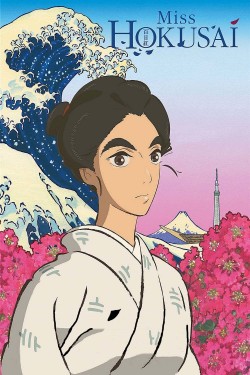
Miss Hokusai
1814. Place: Edo, now Tokyo. Tetsuzo, a well-known artist of his generation, now in his mid-fifties, works hard in his garbage-filled home-atelier. His works range from a huge Bodhidharma painted on a 180 square meter broad sheet of paper to a pair of birds painted on a tiny rice grain. O-Ei, Tetsuzo's third daughter and his second wife's daughter, inherited her father's talent and intransigence, and often painted instead of him, unrecognized. Her art is so potent that it can cause problems. "With two brushes and four chopsticks, I guess we can always manage."
Read full
Production:
Country:
Duration:
90 m

















Discussion